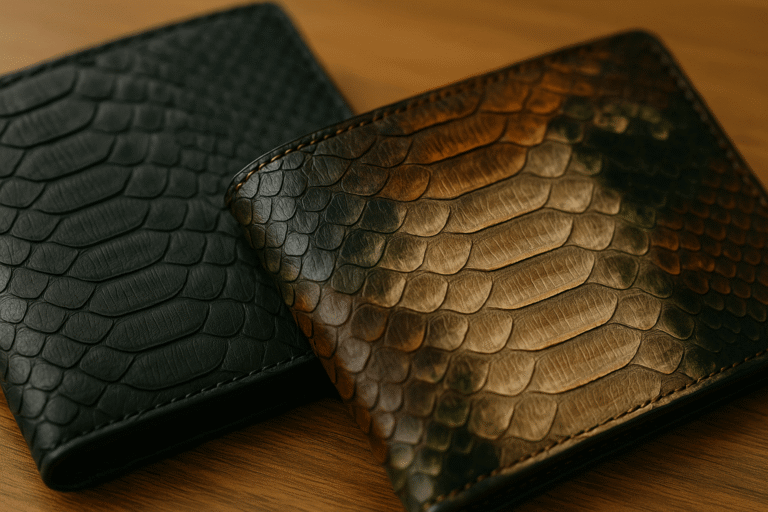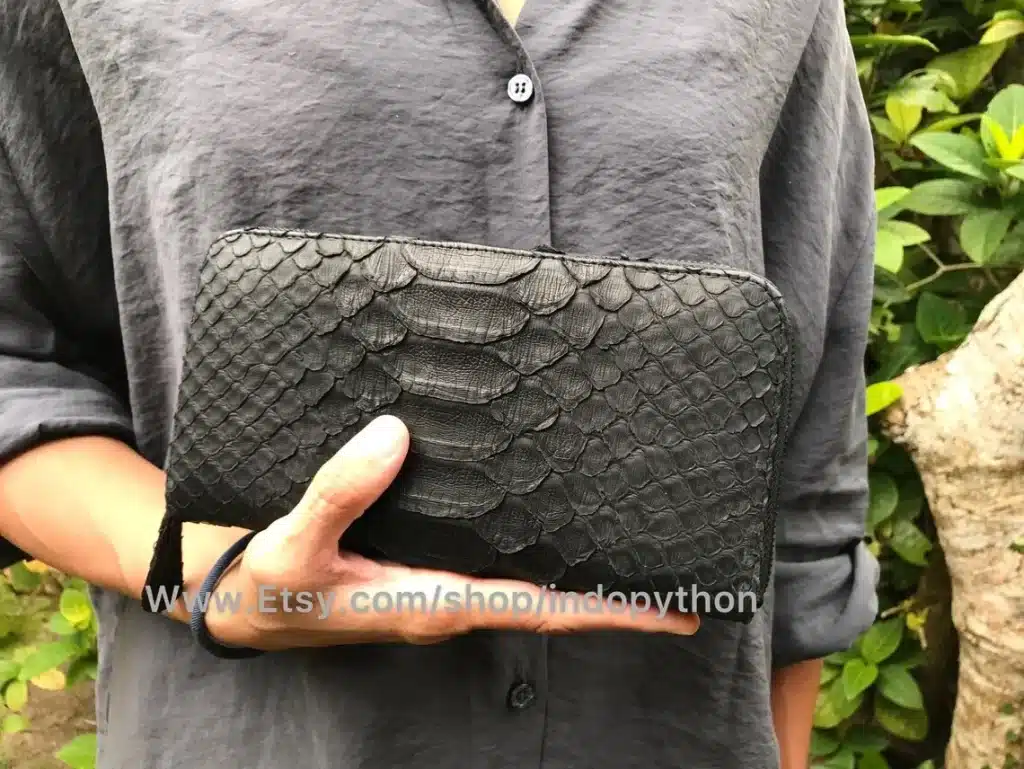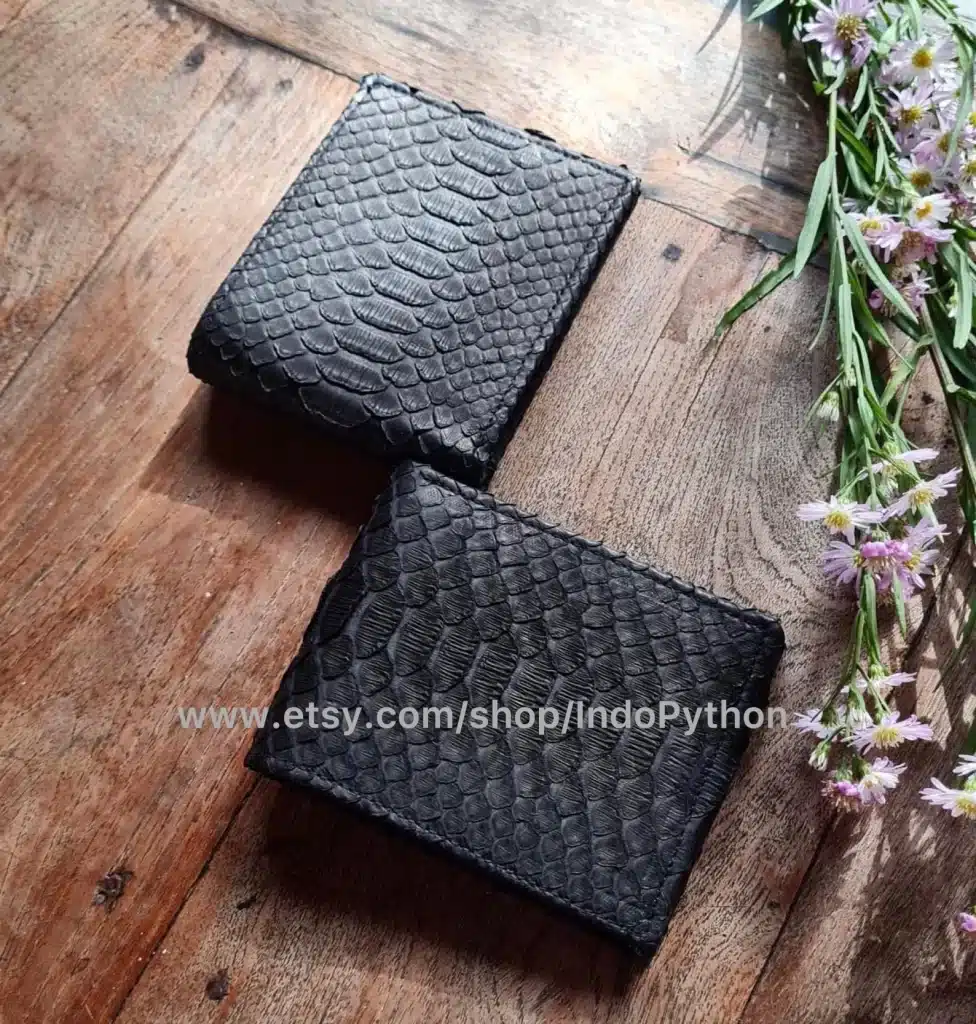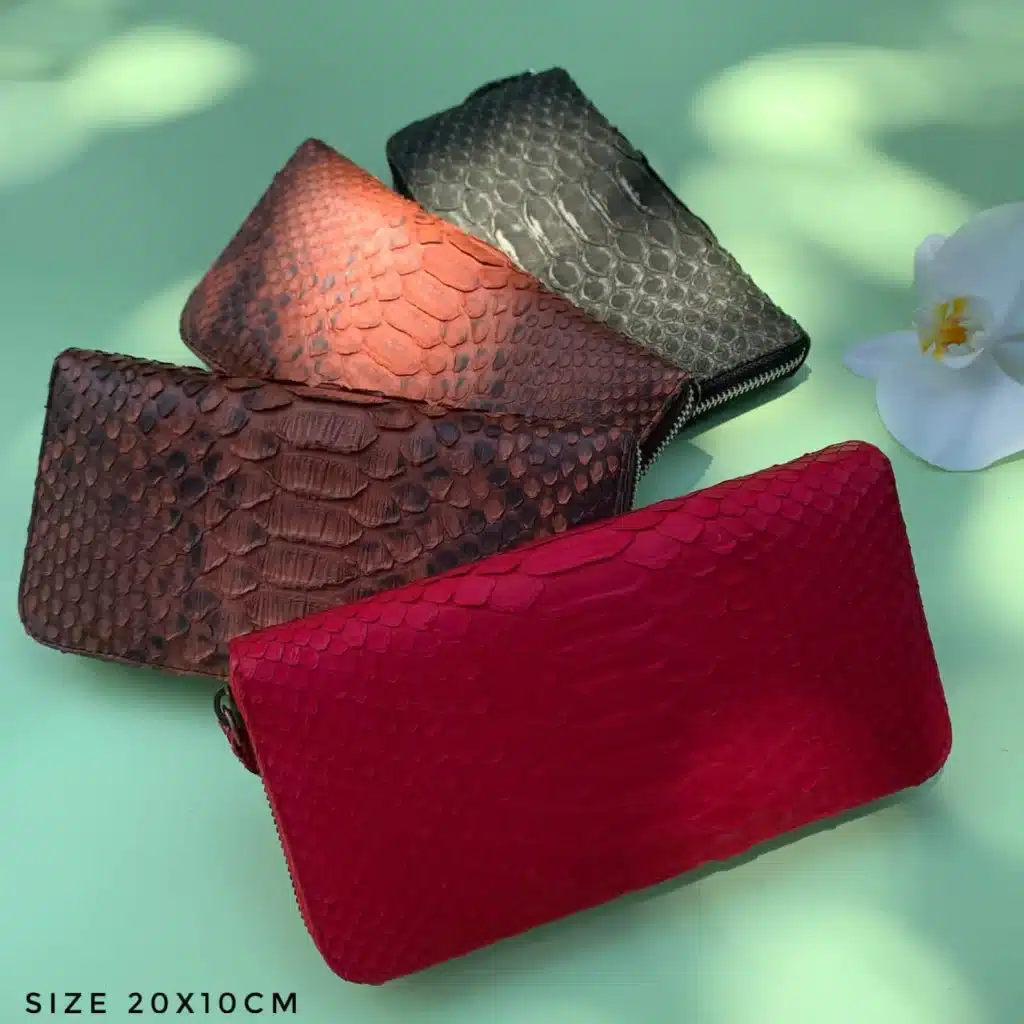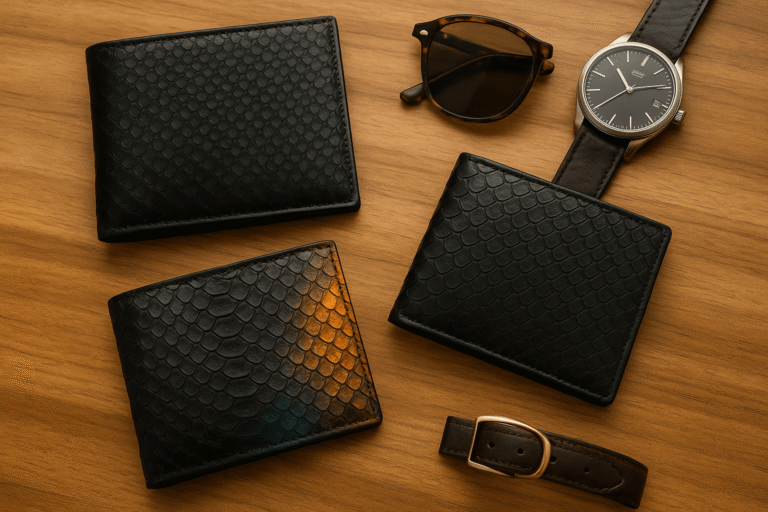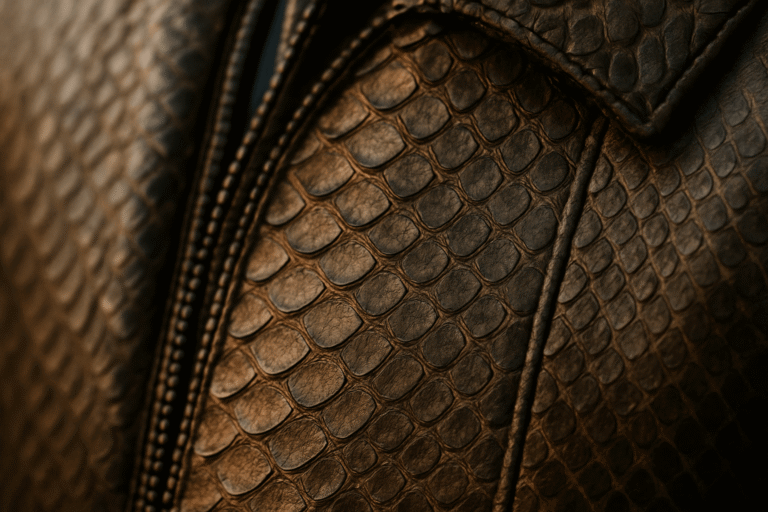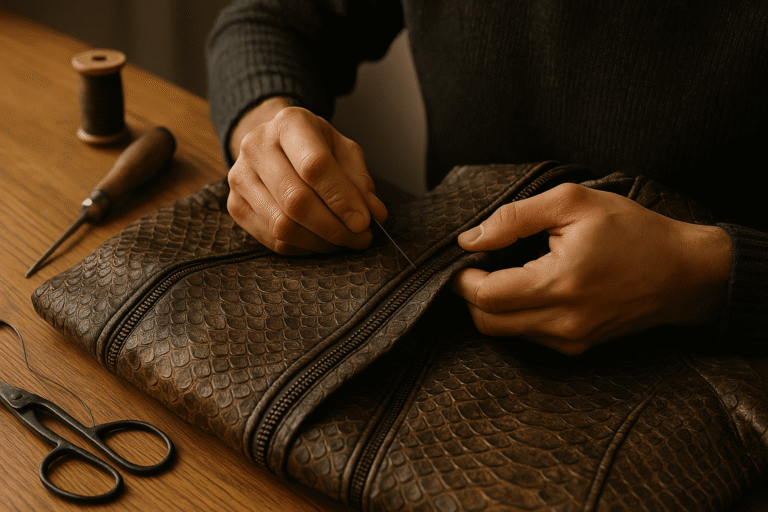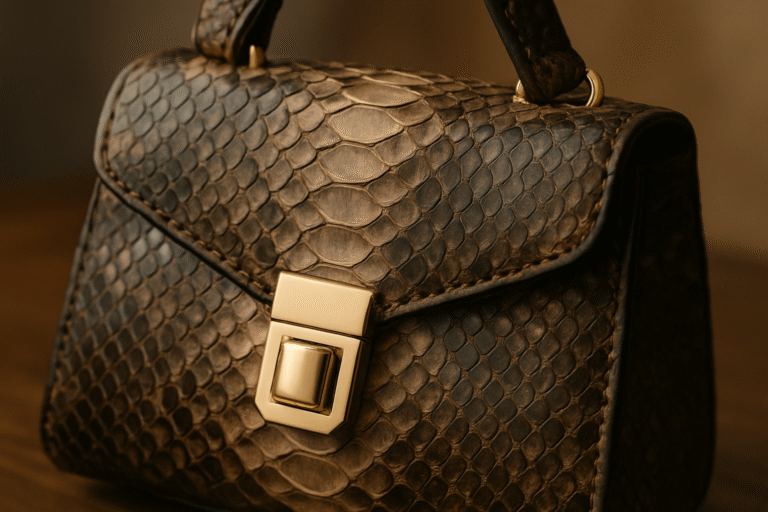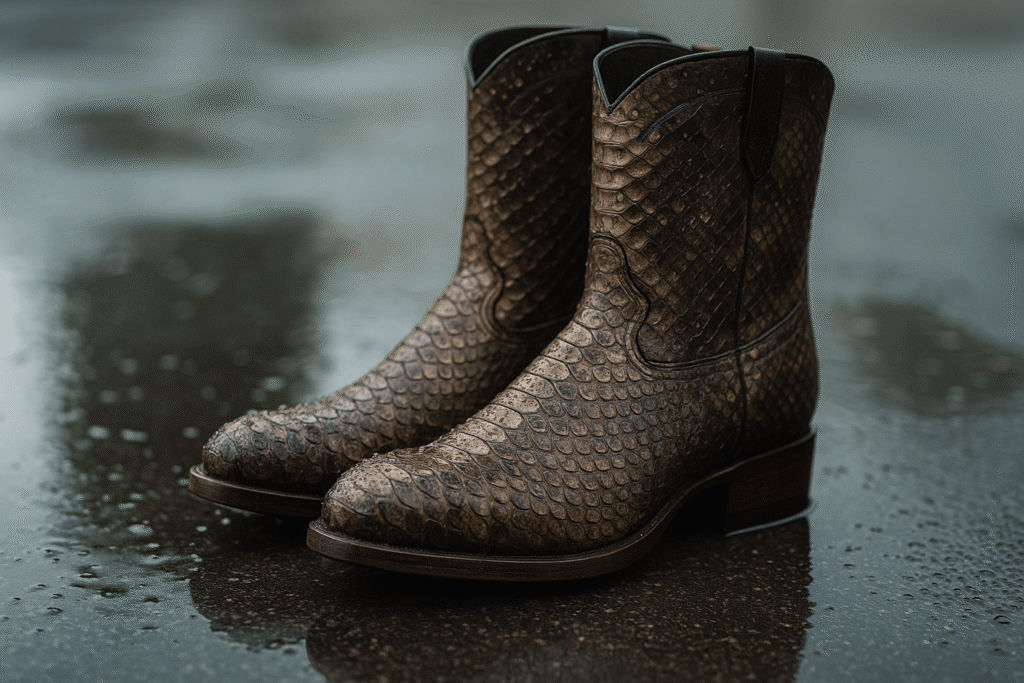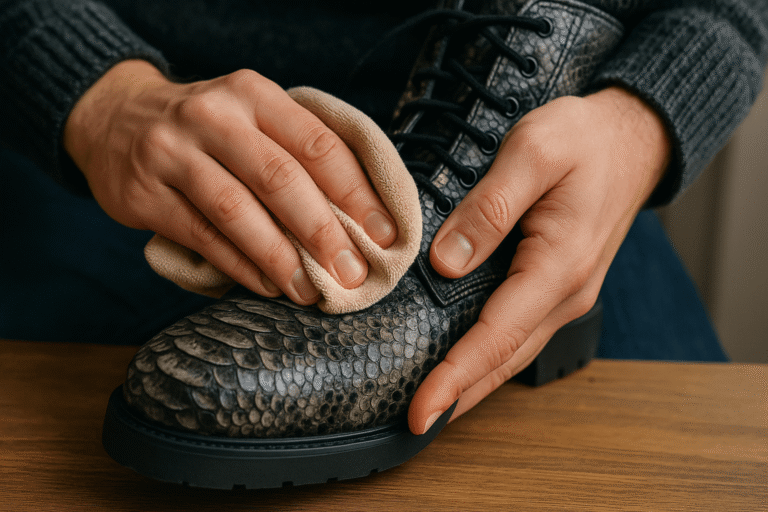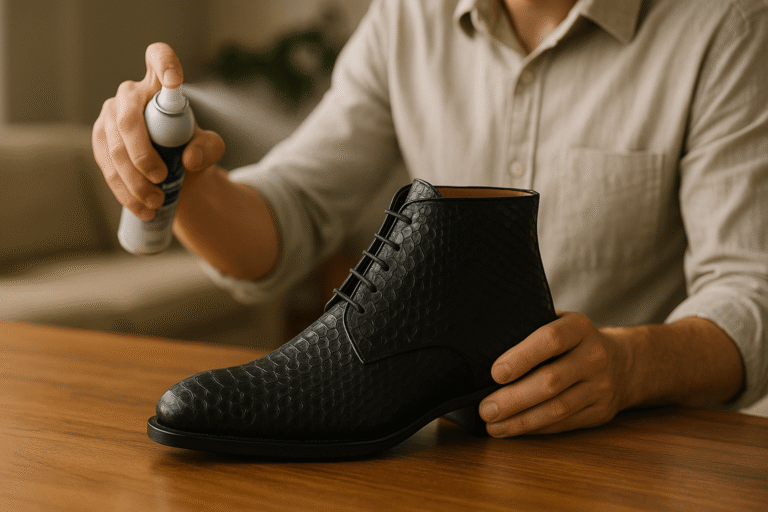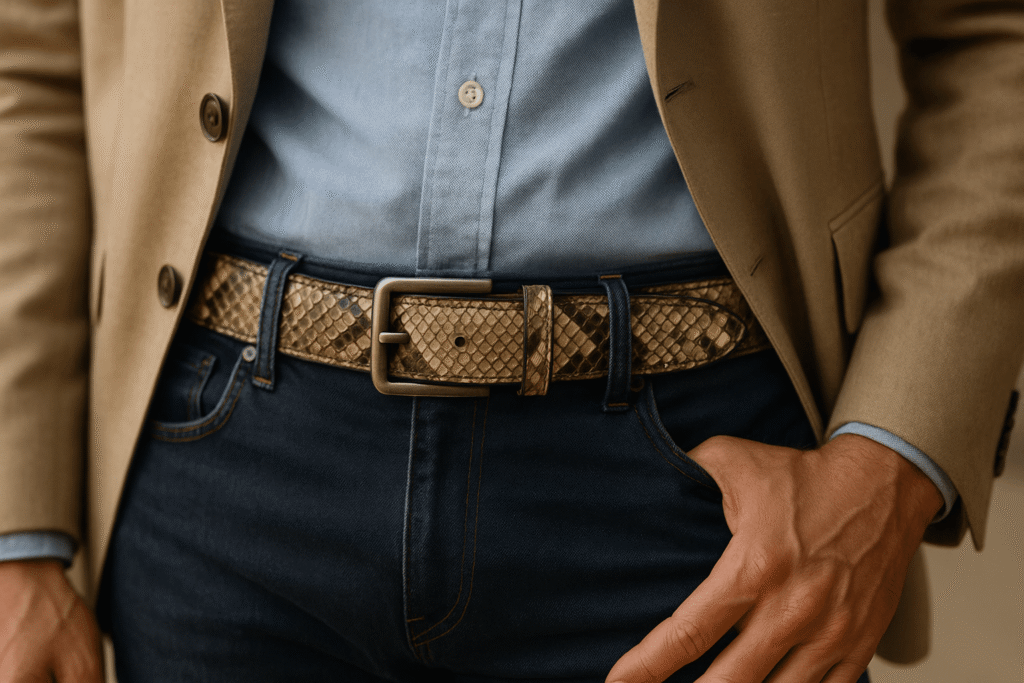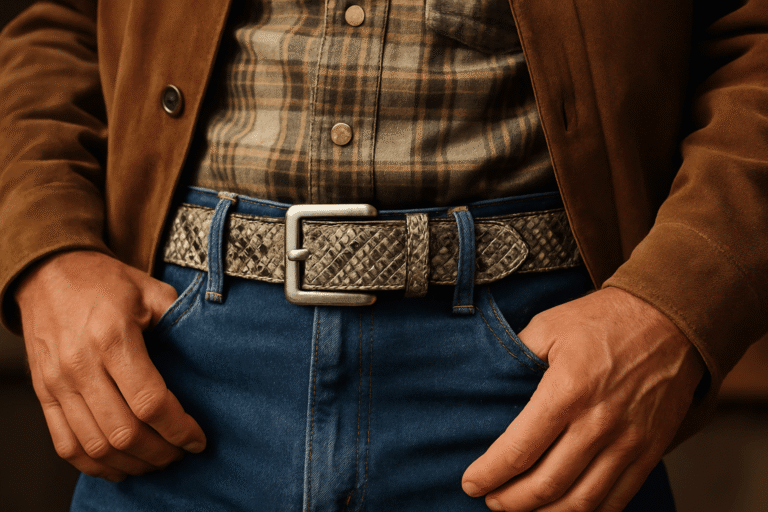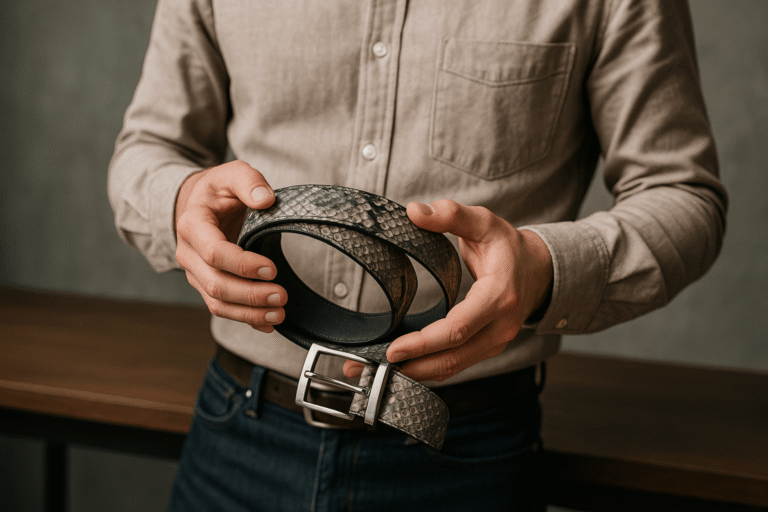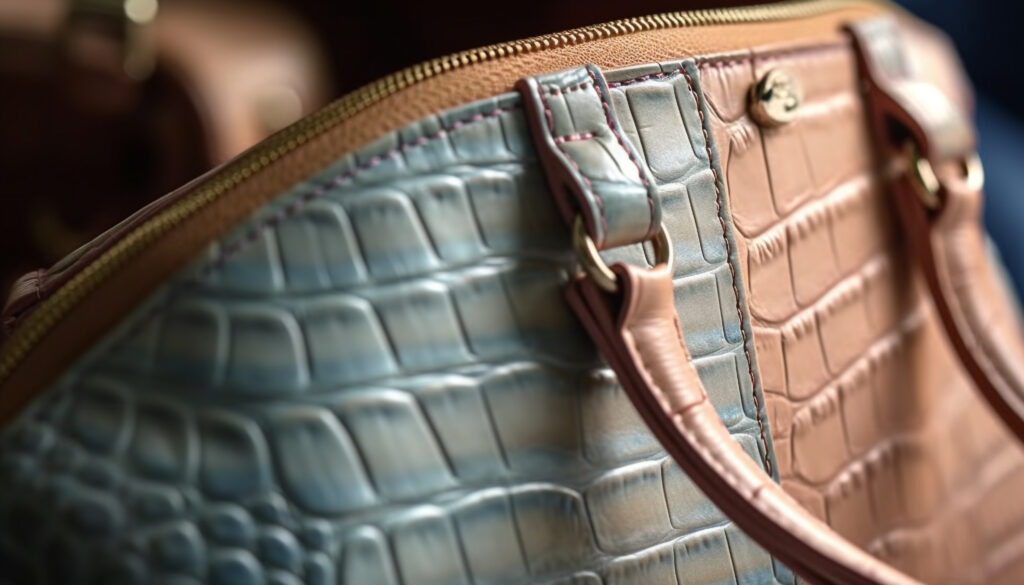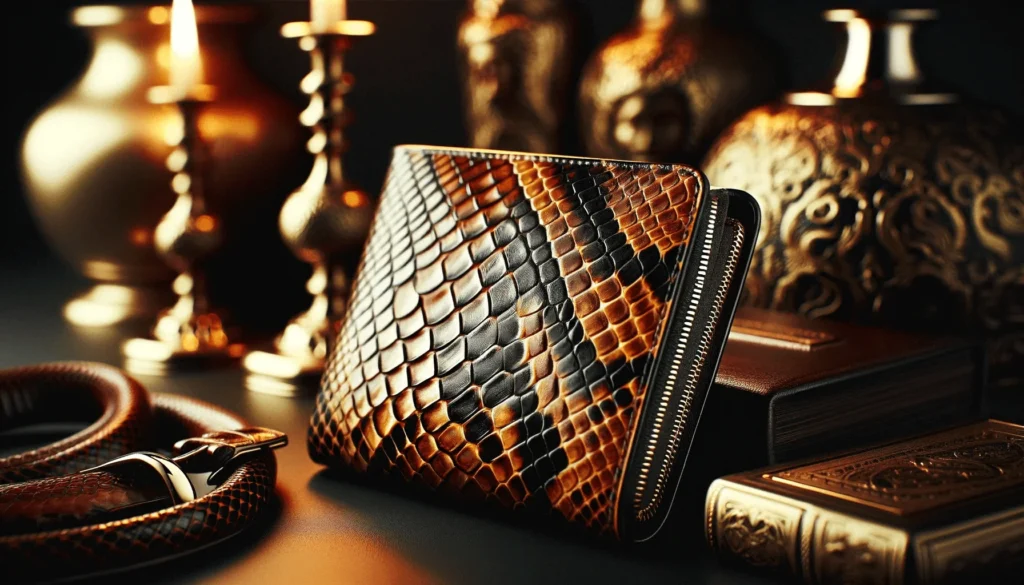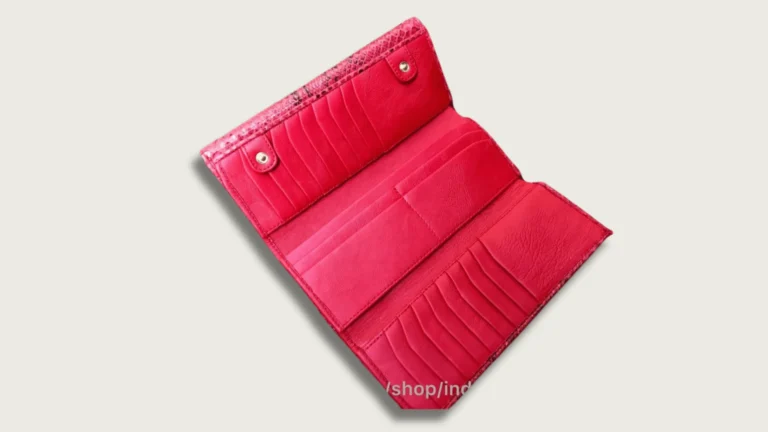How to Style Python Boots for Men: Outfit Ideas for Every Occasion
Python boots for men instantly command attention in modern fashion.
What sets them apart is their versatility; python boots impress just as much with jeans as they do with tailored trousers. Whether you’re dressing for a casual day, a business meeting, or an evening event, the right styling ensures your boots shine effortlessly.
In this guide, you’ll discover how to style python boots for different occasions and select the perfect pair to complement your look.
Why Python Boots For Men Stand Out in Fashion
Python boots aren’t just footwear; they’re a statement. The scales catch light with subtle depth, creating texture and movement that ordinary leather can’t match.
Each pair is unique, with patterns formed by nature, not machines. No two are ever the same.
Beyond the look, python leather feels surprisingly light and flexible. It adapts to your step, stays comfortable through long wear, and holds its form for years with minimal care.
It’s where style meets function; exotic, but practical.
| Feature | Python Boots | Regular Leather Boots |
|---|---|---|
| Texture | Natural scales, no two alike | Smooth, uniform |
| Weight | Light and flexible | Heavier |
| Durability | Long-lasting with care | Durable but standard |
| Look | Bold and refined | Traditional |
Worn with denim or dress trousers, python boots add instant character; confident, distinct, and unmistakably premium.

How to Style Python Boots for Different Occasions
Python boots adapt to almost any look. Whether you lean casual or refined, the right pairing can turn them into the focal point of your outfit.
Here’s how to wear them with confidence, wherever you go.
Casual Style: Effortless and Confident
For laid-back days, pair your python boots with slim-fit jeans and a plain T-shirt or denim jacket. The scales add texture that elevates even the simplest outfit.
Roll the jeans slightly to show the boot’s pattern — it’s a small detail that makes a big difference.
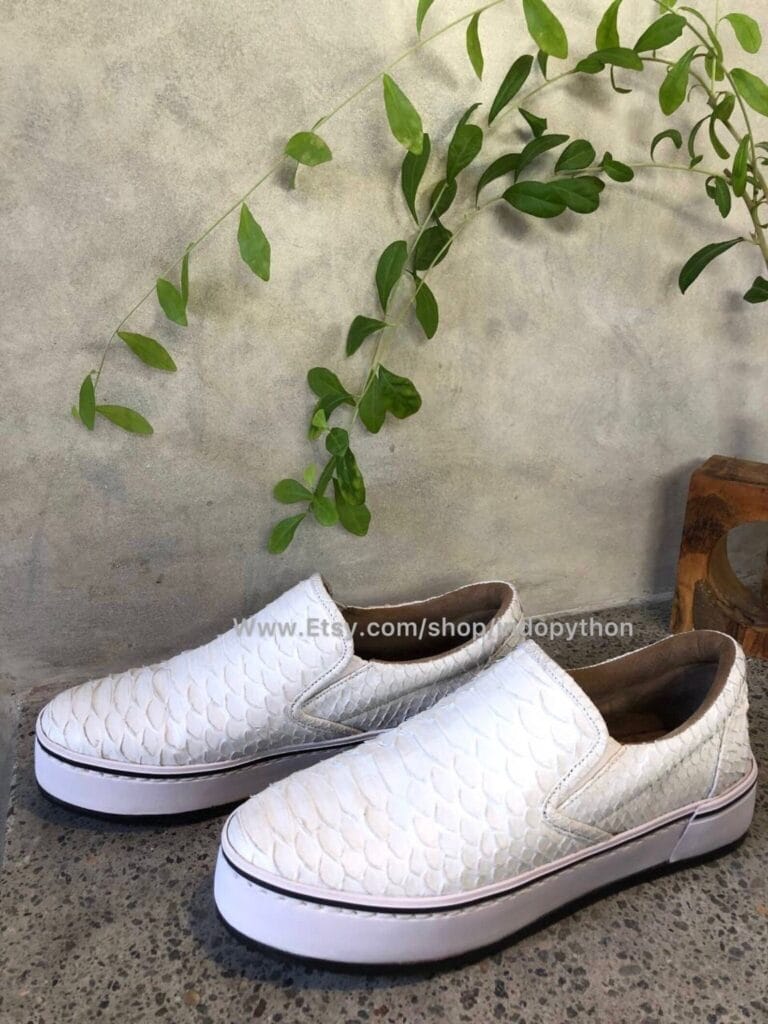
White Slip On Sneakers
- Color: White
- US Size: Requested
- The Interior can be made with eco-suede or genuine lamb lining
Slip-On Sneakers: Easy slip-on design with side elastic stretching, classic casual shoes perfect for all your outfits.
Price: $180
Best for: Everyday use and casual style
Smart-Casual: Sharp but Relaxed
When you want polish without stiffness, python boots work perfectly with chinos or dark trousers. Add a button-up shirt and a tailored blazer or sweater. The exotic texture gives personality to an otherwise minimal outfit.
Choose matte or semi-gloss finishes — they blend professionalism with understated flair.


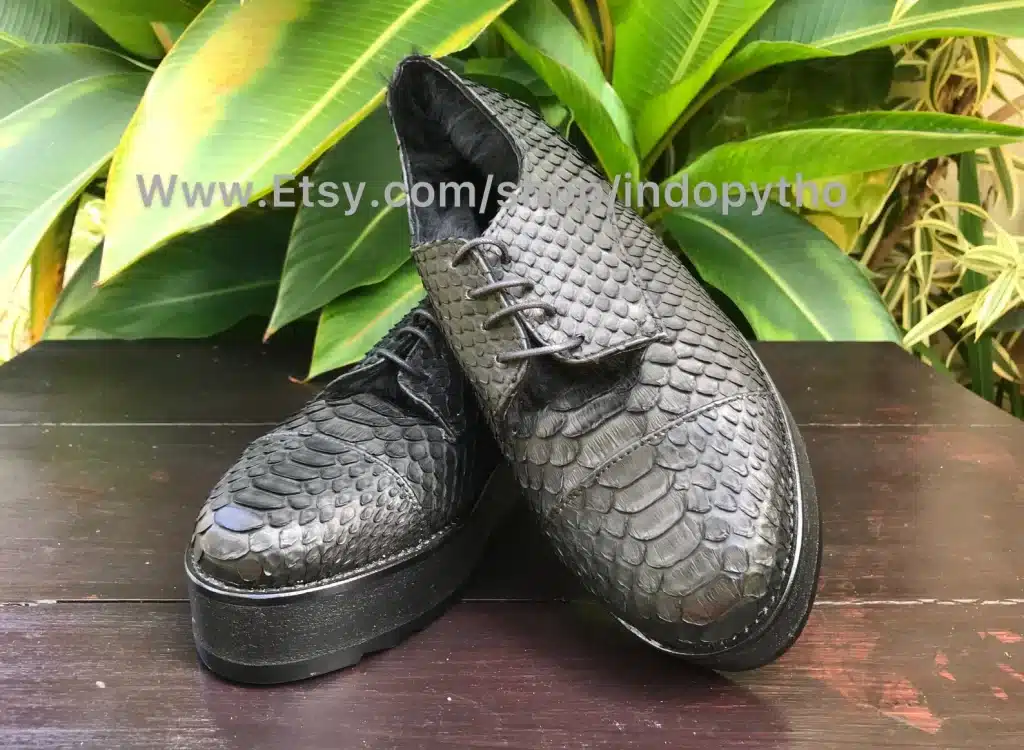
Black Snakeskin Shoes
- Color: Black
- US Size: Requested
- The Interior is made with rex rabbit fur
Price: $190
Best for: Smart casual and professional style
Evening & Formal: Bold Sophistication
For night events or formal gatherings, python boots bring subtle luxury. Wear them with dark tailored trousers and a black or charcoal jacket.
A semi-gloss finish works best under soft lighting, giving the boots a rich sheen without overdoing it.
Keep accessories minimal — your boots should lead the look.


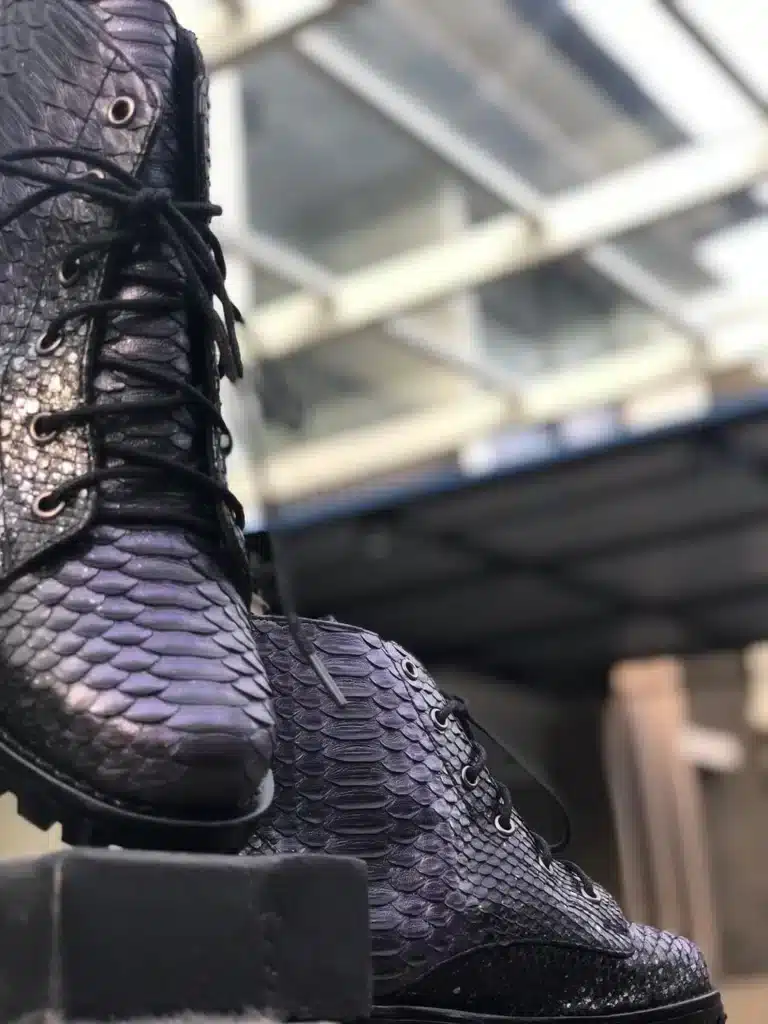
Black And Purple Boots
- Color: Black With Purple Shades
- US Size: Requested
- The Interior can be made with eco-suede or genuine lamb lining
Price: $220
Best for: Formal and evening event
Styling Tips
- Match your belt or watch strap with your boots for visual balance.
- Avoid printed or textured pants — python scales already add depth.
- Let your boots breathe; they look best when they’re the star of your outfit.
Care Tips to Keep Your Python Boots Looking Sharp
Owning python boots is an investment — and a little care goes a long way to keeping them looking their best. Genuine python leather is durable but needs gentle maintenance to preserve its natural texture and shine.
1. Wipe After Every Wear
Use a soft, dry cloth to remove dust or moisture. This prevents buildup that can dull the scales or damage the finish.
2. Avoid Water and Heat
Python leather should stay dry. If your boots get wet, wipe them immediately and let them air-dry at room temperature — never under direct sunlight or near heat.
3. Condition Occasionally
Use a small amount of exotic leather conditioner every few months. Apply lightly along the direction of the scales to keep the leather supple and prevent lifting.
4. Store Them Properly
When not in use, keep your boots in a soft cloth bag or box, away from humidity. Insert shoe trees or paper stuffing to hold their shape.
With regular care, python boots age beautifully — developing a subtle patina that highlights their natural texture rather than wearing down.

Confidence Starts from the Boots
Python boots do more than complete an outfit — they define it. Every scale, every pattern, and every stitch tells a story of craftsmanship and character.
Whether you wear them with jeans, chinos, or tailored trousers, they project confidence that can’t be faked.
Real python leather offers something no ordinary boot can: individuality. No two pairs look the same, and that uniqueness becomes part of your personal style.
If you want footwear that combines elegance, comfort, and bold presence, python boots are worth the step up.
How to Style Python Boots for Men: Outfit Ideas for Every Occasion Read More »





